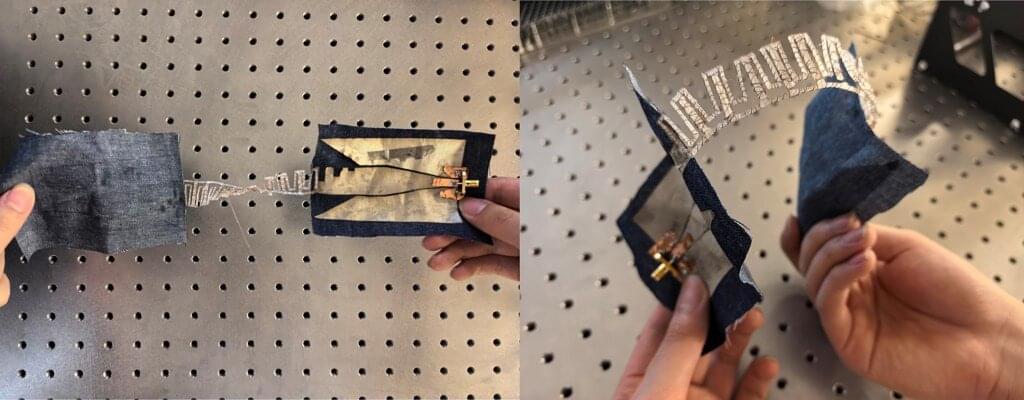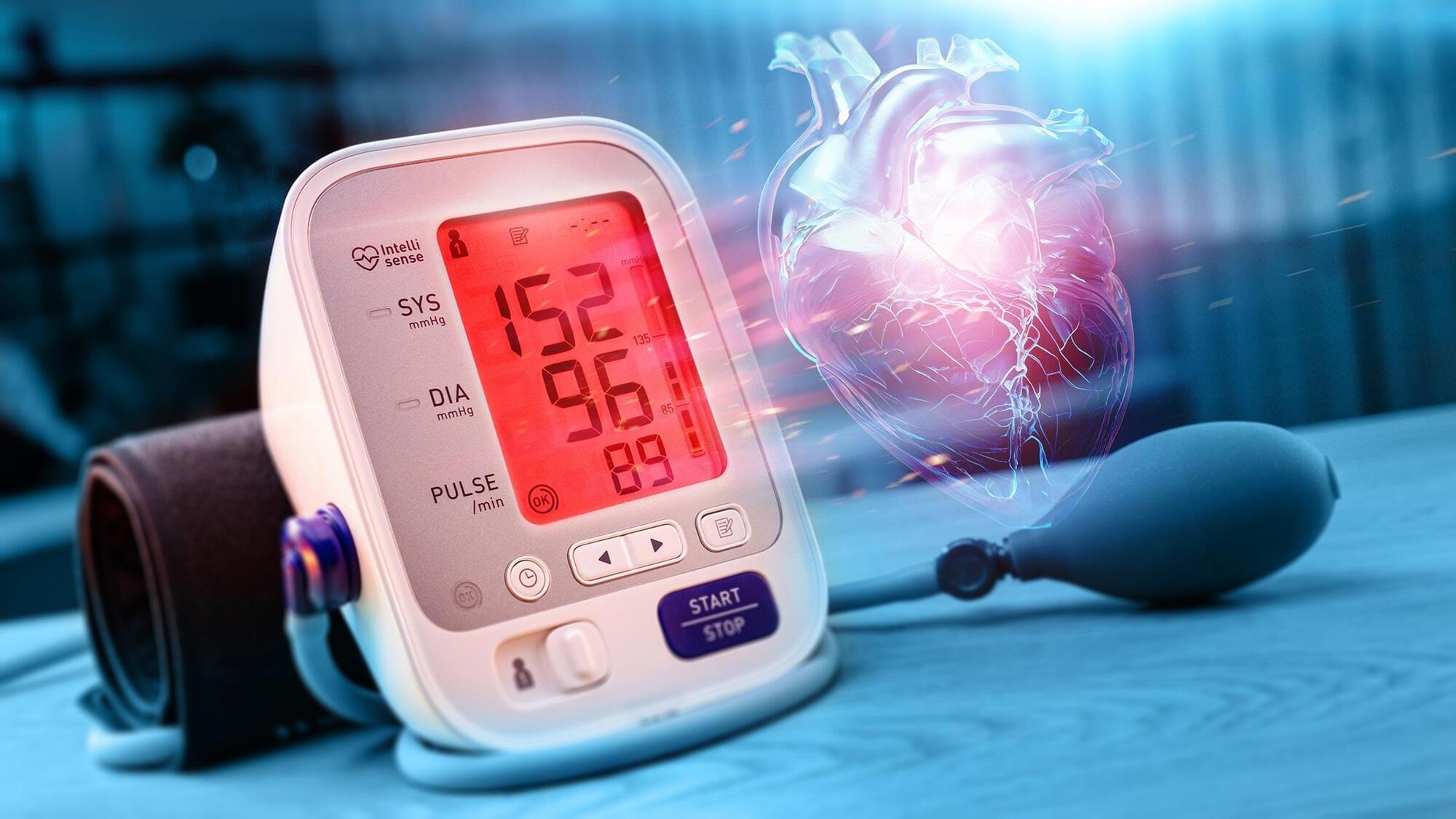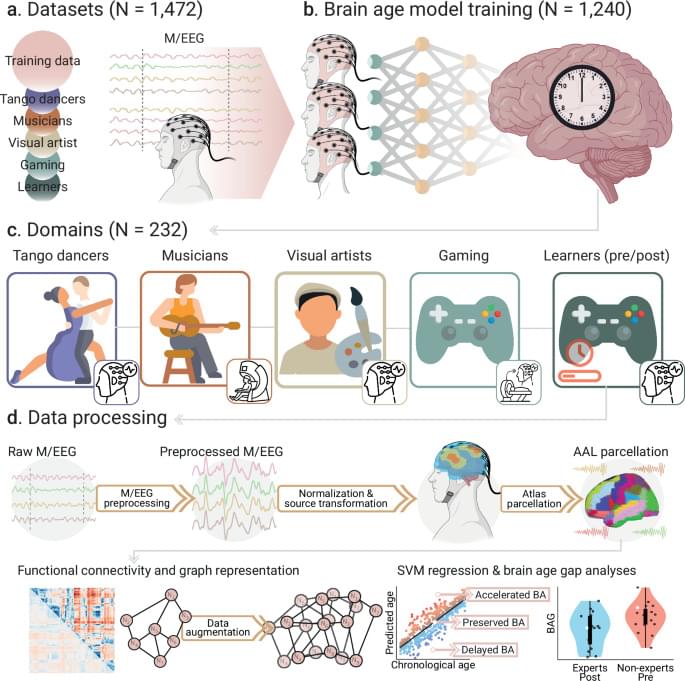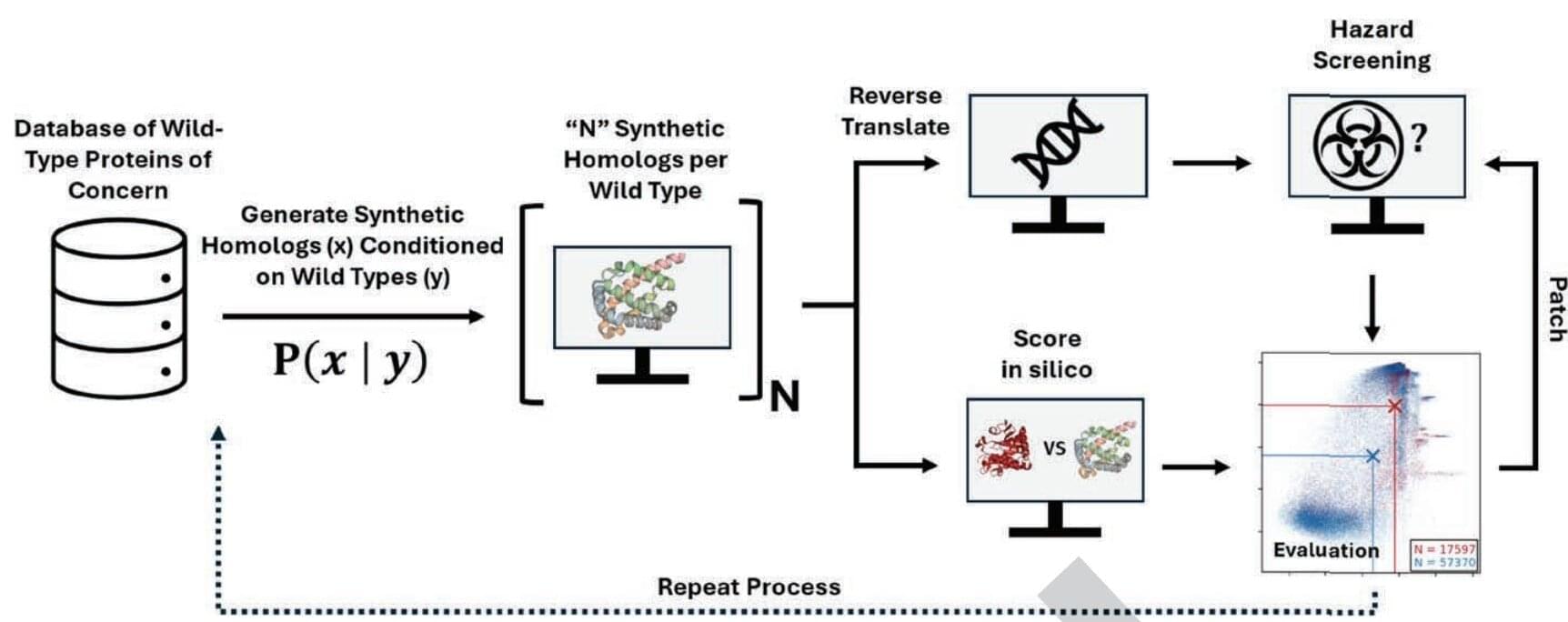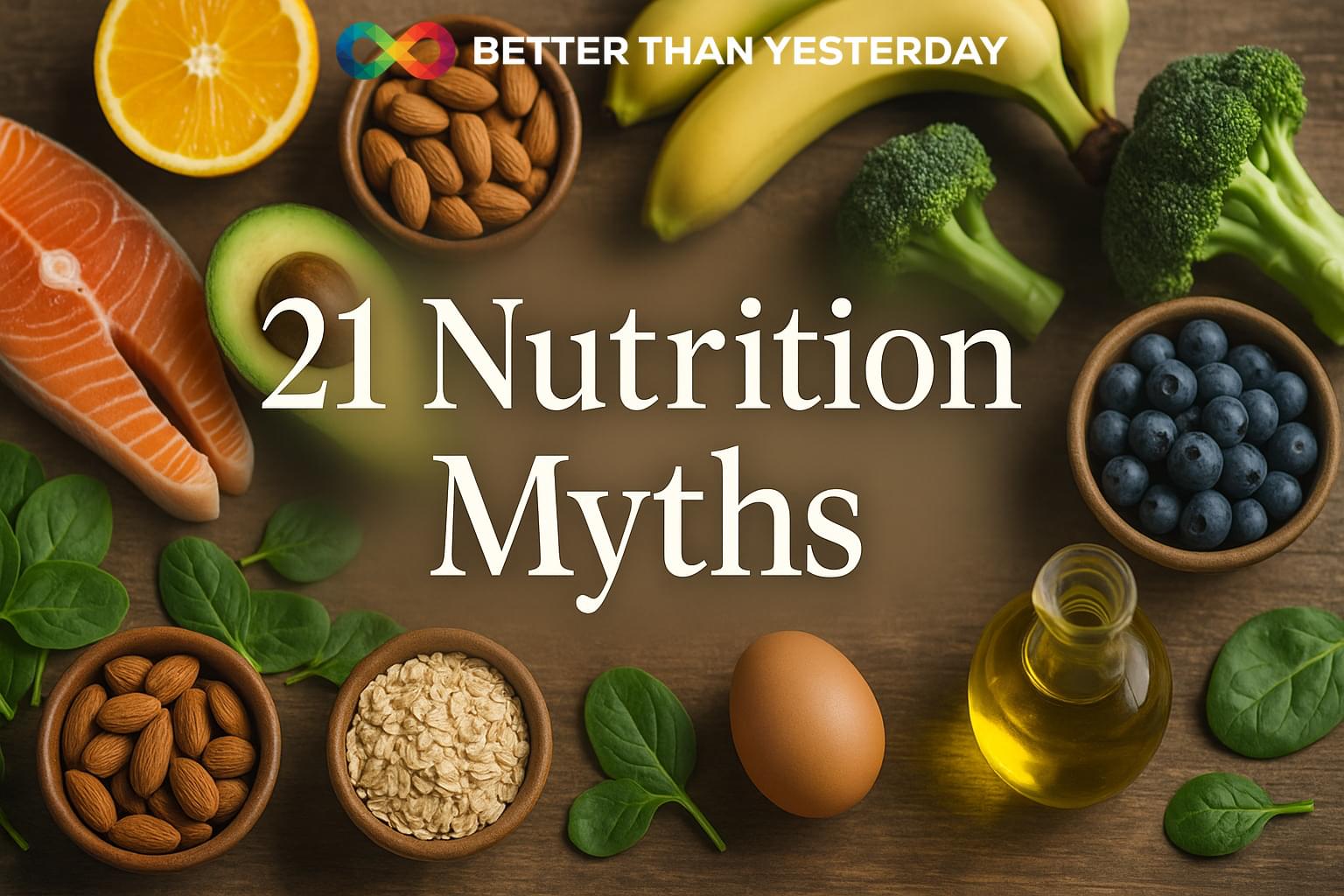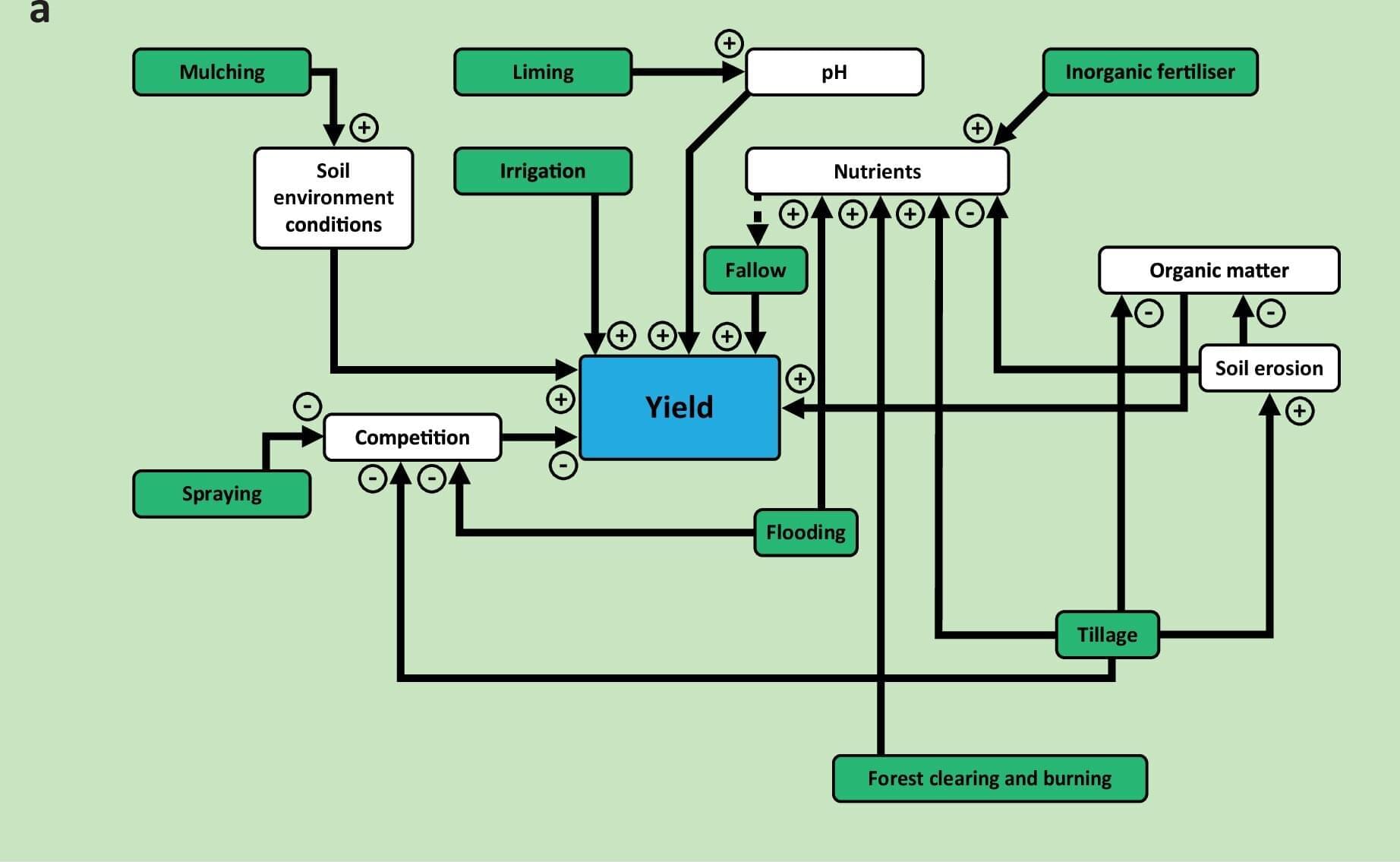An article published in the journal Communications Medicine points to a correlation between disturbances in Earth’s magnetic field resulting from solar storms and an increase in the frequency of heart attacks, especially among women.
The authors reached this conclusion by analyzing data from the public health network of São José dos Campos, in the state of São Paulo, Brazil, recorded between 1998 and 2005, a period considered to be one of intense solar activity.
Focusing on hospital admissions for myocardial infarction, the analysis included information from 871 men and 469 women. Data from the Planetary Index (Kp-Index), an indicator of variations in Earth’s geomagnetic field, were also incorporated into the statistical analysis.



